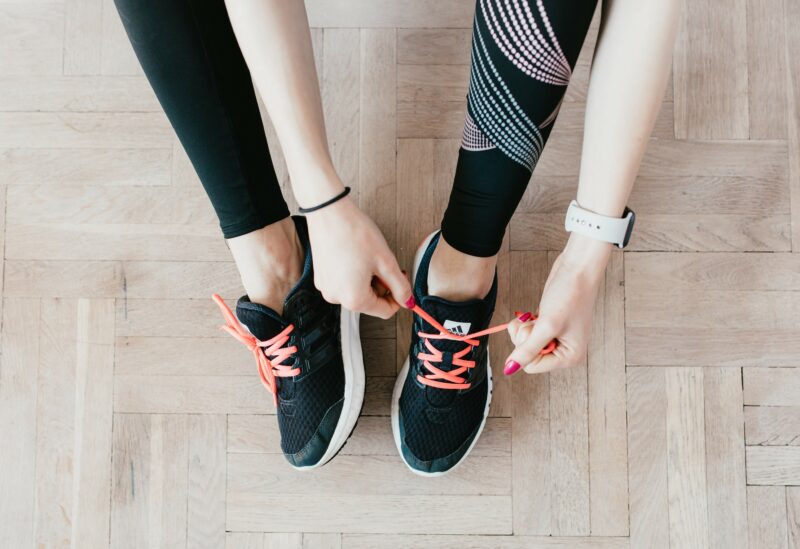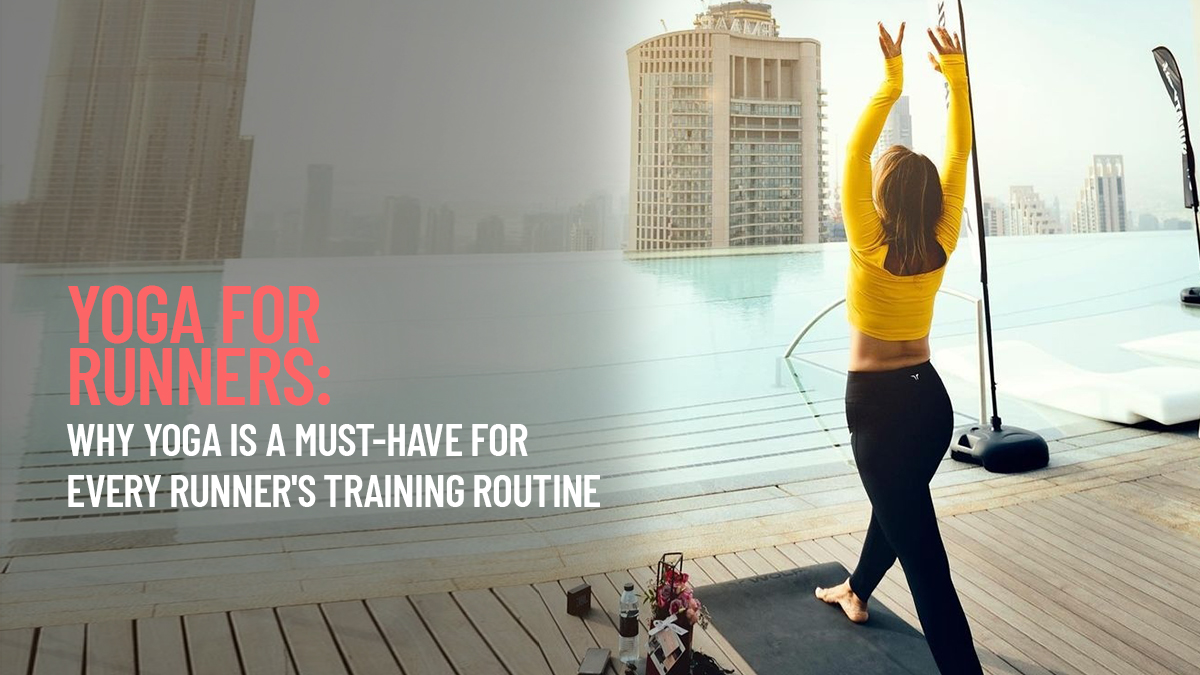Running is a popular form of exercise that provides numerous health benefits, but it can also take a toll on the body if not approached with proper care. Incorporating yoga into your routine as a runner can help prevent injury, increase flexibility and mobility, and enhance your overall performance. In this blog, we’ll explore the benefits of yoga for runners and how it can help you become a better, healthier runner.
Benefits Of Yoga For Runners

Prevent Injury
Injuries are a common problem for runners, but practicing yoga can help prevent them. By increasing flexibility and strength in neglected areas, yoga can reduce the risk of knee pain, plantar fasciitis, and IT band syndrome.
Tight muscles, especially in the hips, legs, and lower back, can be stretched out and prevented from causing discomfort with yoga poses such as downward-facing dog, pigeon pose, and the lunge with a twist.
Improve Flexibility and Mobility
Flexibility and mobility are crucial for runners, and yoga can help improve both. Tight muscles can limit range of motion and lead to muscle imbalances and injury. Yoga can help runners stretch out tight hips, legs, and lower back, and improve mobility in the hips, knees, and ankles.
Poses such as the runner’s lunge, low lunge, and Warrior I can help increase flexibility and mobility in these areas.
Enhance Performance
Yoga can also enhance performance as a runner by improving balance, stability, and core strength. Poses such as the tree pose, eagle pose, and warrior III can help improve balance and stability, while planks and other core-strengthening exercises can help improve overall core strength.
By improving these components of fitness, runners can run with more confidence and efficiency, leading to better performance and faster times.
Relaxation and Mental Focus
Yoga can also be a great way to relax and focus the mind, which is especially important for runners who often put a lot of stress on their bodies.
Poses such as child’s pose, seated forward bend, and corpse pose can help reduce muscle tension and stress levels, leading to a faster recovery and improved overall well-being. Additionally, yoga can improve focus and mental clarity, which can be helpful when pushing to run faster and farther.
Different Yoga Poses For Runners

If you’re new to yoga, it’s important to start with a beginner’s class or find a qualified instructor who can guide you through the poses and modifications that are best suited for runners.
When starting out, it’s also important to listen to your body and not push yourself too hard. As you become more comfortable with the practice, you can gradually increase the intensity and duration of your sessions.
Downward-Facing Dog
Downward-Facing Dog is a pose that stretches the hamstrings, calves, and spine, and strengthens the arms and legs. This pose can help to improve flexibility and reduce muscle tightness, which can be especially beneficial for runners who tend to have tight muscles due to the repetitive nature of their sport.
Warrior II
Warrior II is a pose that strengthens the legs, hips, and core, and opens up the hips and chest. This pose can help to improve balance and stability, as well as increase range of motion in the hips, which can be beneficial for runners.
Triangle Pose
Triangle Pose is a pose that stretches the hamstrings, hips, and spine, and strengthens the legs and core. This pose can help to improve posture and balance, as well as increase flexibility in the hips and legs, which can be beneficial for runners.
Pigeon Pose
Pigeon Pose is a pose that stretches the hips, groin, and thighs, and helps to release tension in the lower back. This pose can be especially beneficial for runners who may experience tightness and discomfort in these areas due to the repetitive nature of their sport.
Child’s Pose
Child’s Pose is a pose that gently stretches the hips, thighs, and ankles, and calms the mind. This pose can be especially beneficial for runners who may experience muscle tension and mental fatigue from their training and races.
In general, incorporating yoga into a runner’s workout routine can be very effective in improving flexibility, balance, and overall well-being. Yoga can also help to reduce muscle tension, increase range of motion, and improve mental focus, which can all be beneficial for runners. It’s important to listen to your body and choose poses that are safe and appropriate for your level of experience and physical abilities.
Key Takeaway
Yoga for runners is a powerful tool for improving performance, preventing injury, and enhancing overall well-being. By combining the physical benefits of yoga with the mental and emotional benefits, runners can achieve a more well-rounded and balanced approach to their training.
Whether you’re a seasoned runner or just starting out, incorporating yoga into your routine is a great way to enhance your performance, prevent injury, and achieve a healthier, more balanced lifestyle.

